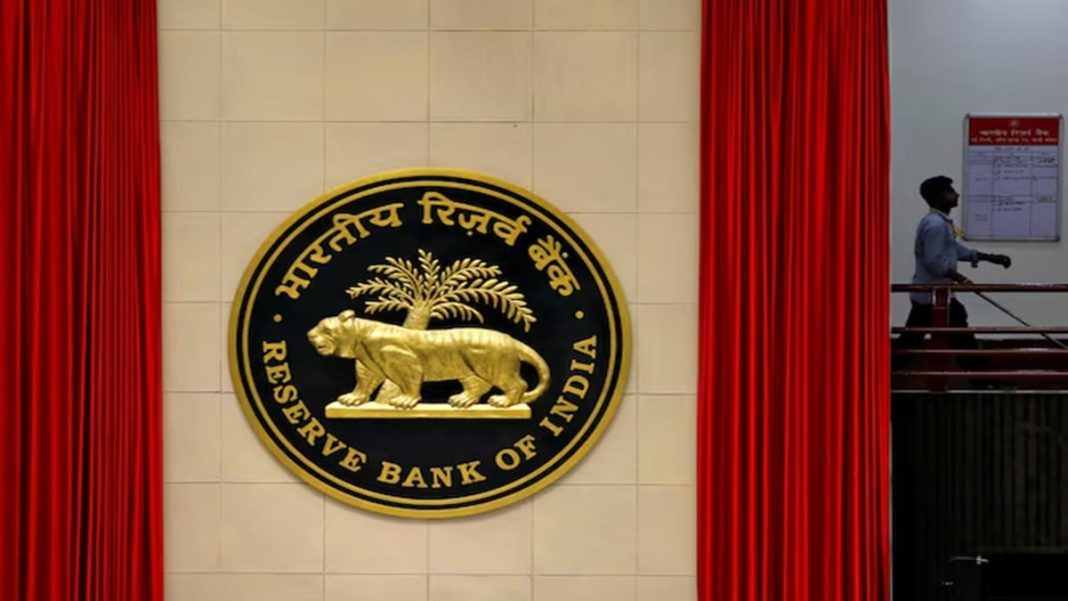Key Takeaways
- Deposit rates rose for the first time since RBI’s rate cut cycle began in February
- Fresh rupee term deposit rates increased by 4 basis points in September
- Lending rates continue to fall with 90 bps transmission since rate cuts began
- Credit growth outpaced deposit growth, creating pressure on banks
Deposit Rates Reverse Trend After Seven Months
In a significant shift, deposit rates at Indian banks increased in September for the first time since the Reserve Bank of India began its rate-cutting cycle in February. The weighted average rate on fresh rupee term deposits rose by 4 basis points month-on-month, marking a reversal in the declining trend.
Public sector banks led the increase with a 3 basis point rise, while private sector banks saw a 2 basis point increase. This development comes amid growing pressure on banks to attract deposits as credit growth accelerates.
Analysts: Deposit Rates Have Bottomed Out
Financial experts believe deposit rates may have reached their lowest point. “The rates on fresh deposits seem to have bottomed out unless there are further cuts in repo rates or a slowdown in credit growth,” said Anil Gupta, Senior Vice President and Co-Group Head of Financial Sector Ratings at ICRA.
The analysis suggests that banks are facing increased competition for deposits as loan demand picks up, forcing them to offer slightly better rates to attract funds.
Lending Rates Continue Downward Trend
While deposit rates edged up, lending rates continued their downward trajectory. The weighted average lending rate for fresh rupee loans declined to 8.50% in September, down 24 basis points from the previous month.
Public sector banks saw a sharper reduction of 25 basis points to 7.80%, while private banks reduced rates by 10 basis points to 9.34%. The transmission of RBI’s 100 basis point rate cuts has reached approximately 90 basis points since the cycle began.
Credit Growth Outpaces Deposits
The underlying pressure on deposit rates becomes clear when examining growth trends. Bank credit growth accelerated to 11.45% as of October 17, up from 11.38% in the previous fortnight. Meanwhile, deposit growth slowed to 9.51% from 9.9% during the same period.
Karan Gupta, Head and Director of Financial Institutions at India Ratings, explained: “Few banks were running special deposit schemes for certain tenors with slightly higher than normal fixed deposit rates in September which is likely to have caused this month-on-month increase.”
He added that banks likely implemented these measures to address asset-liability mismatch requirements and boost quarter-end deposit growth numbers.
Outstanding Rates Show Mixed Trends
The weighted average term deposit rate on outstanding deposits stood at 6.82% in September, slightly lower than August’s 6.87%. For outstanding loans, the weighted average lending rate declined to 9.26% from 9.32% in August.
The one-year median marginal cost of funds-based lending rate moderated further to 8.55% in October from 8.60% in September, indicating continued transmission of RBI’s accommodative monetary policy.




